During my hospital stay a couple of weeks ago, I was in a lot of pain but of course I was still checking out the doors. 🙂 When the security guard used the reader to let me access the treatment area from reception, I wondered what the process was to get out. I didn’t find out until I was sent home, but my inklings were right – the access control hardware (electromagnetic locks) did not permit egress.
My visitors, who spent most of their time watching Netflix while I slept, were assigned visitor badges. What was the purpose of the QR code? I have no idea – it definitely didn’t unlock the doors. The doors in question are the main doors leading from lobby to the rest of the hospital – the restroom was also behind this door. The security guard would allow people in, and also had to allow people out unless they were staff members with an access control credential.
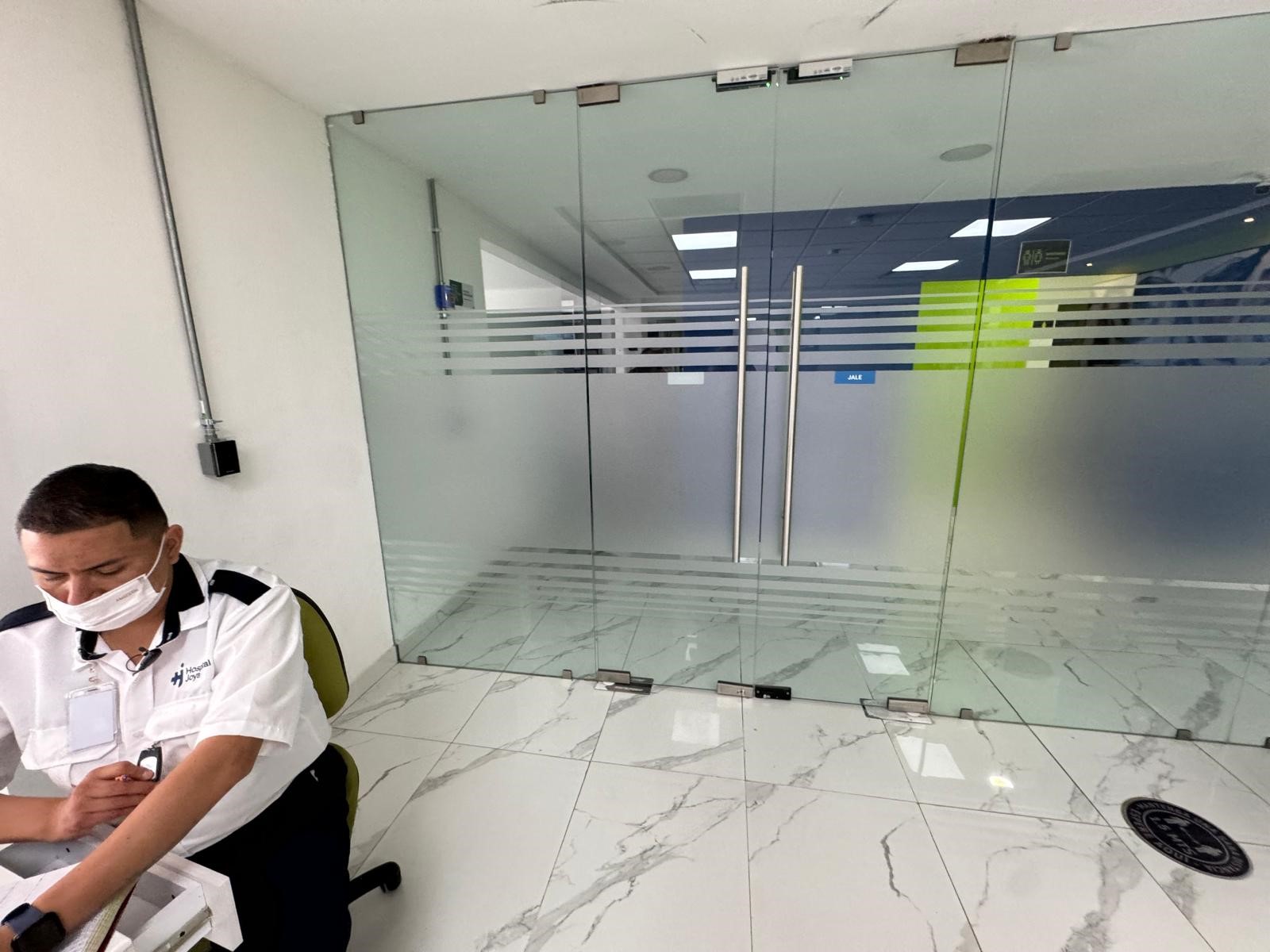
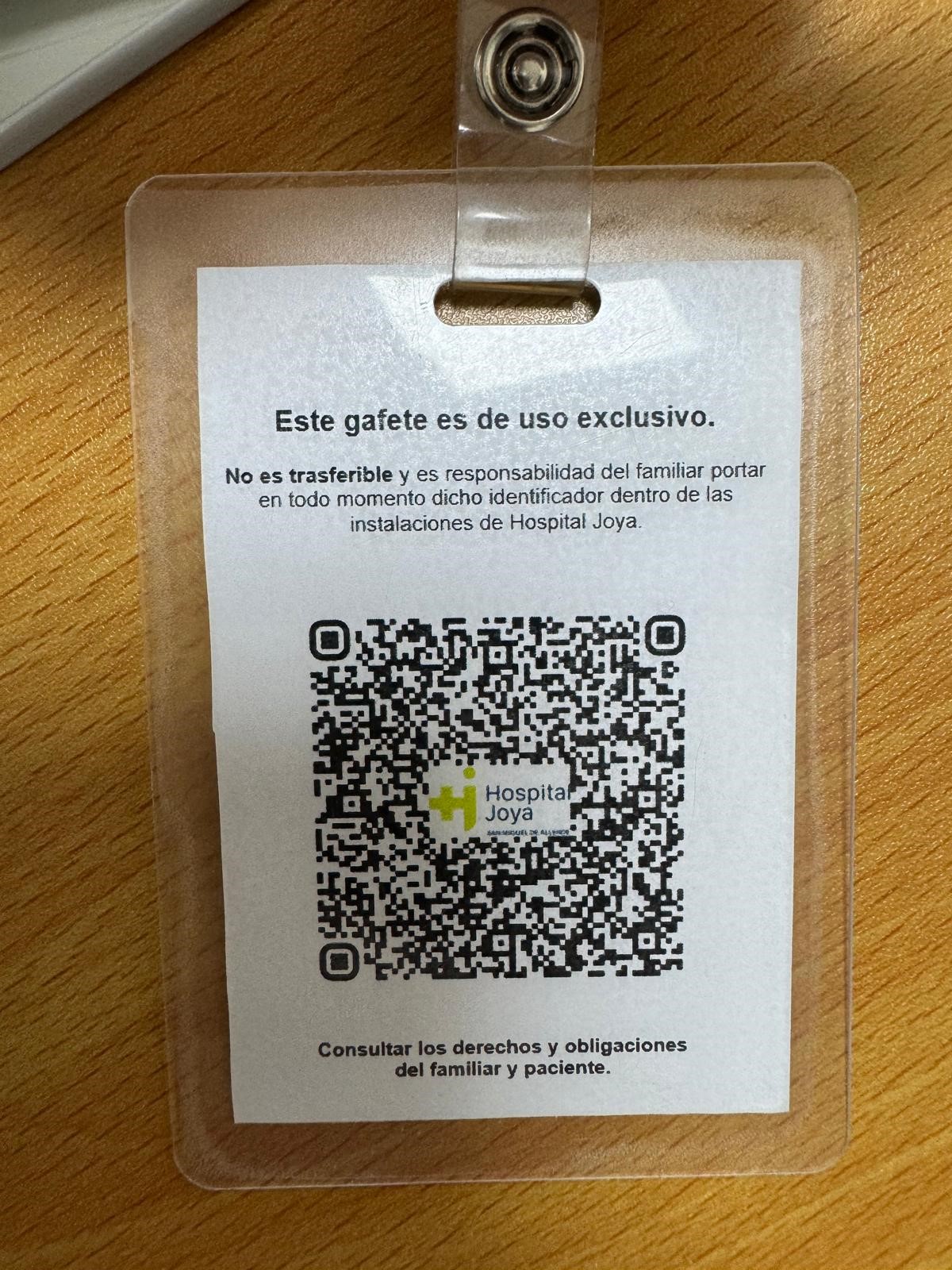
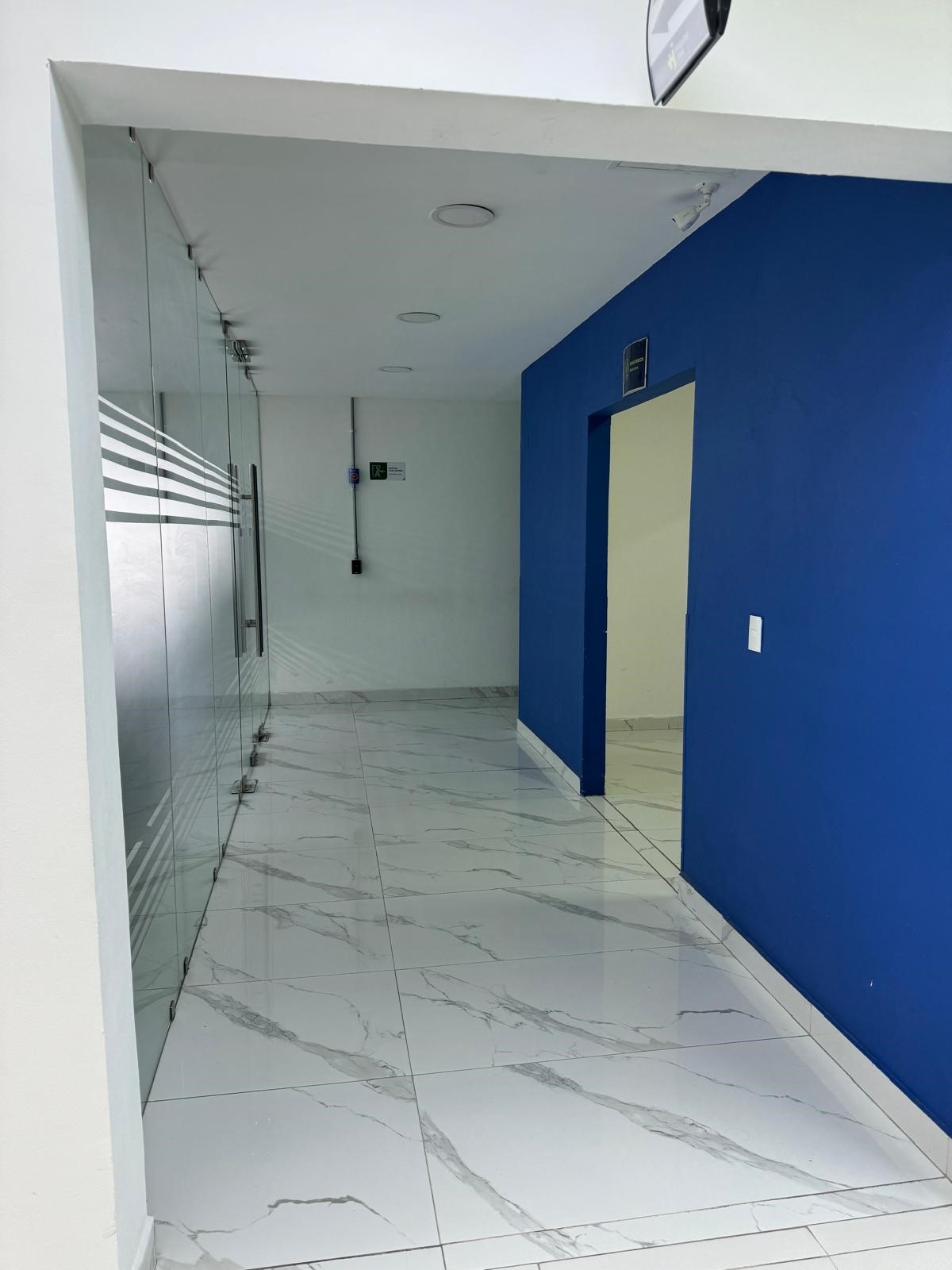

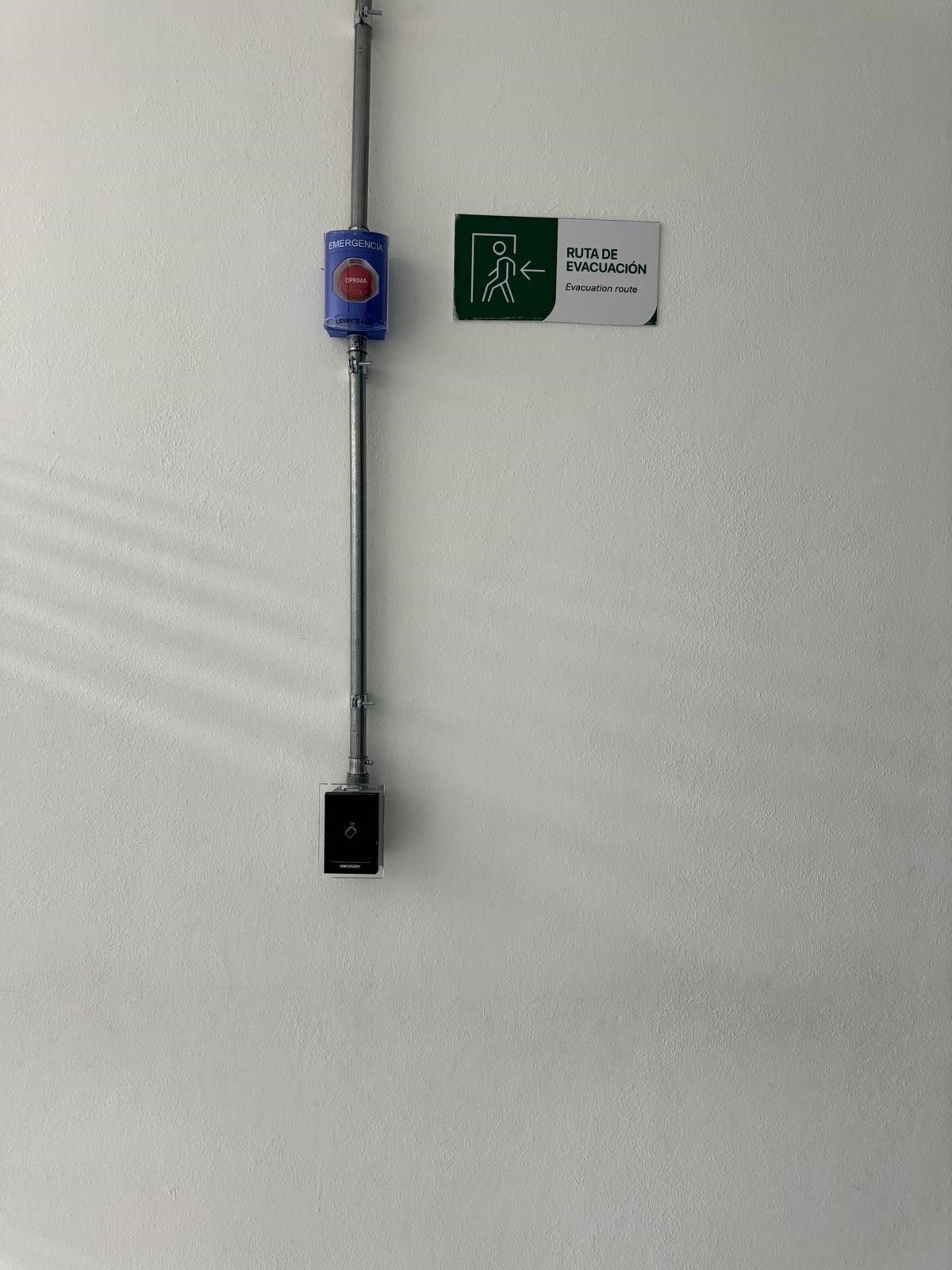
As many of you know, there are two code sections that typically apply to electromagnetic locks. One requires the doors to unlock via a switch in the door-mounted hardware, and upon loss of power. The other requires the doors to unlock for egress via a sensor on the egress side which detects an approaching occupant, an auxiliary push button, activation of the fire alarm/sprinkler system, and loss of power. While this door does have an auxiliary push button, it would not meet the requirements of the US model codes (this hospital is in Mexico). And there was no sensor to release the lock – my visitors had to tap on the door until the security guard let them out.
Although the model codes allow controlled egress locks to be used in certain health care units like pediatrics and memory care, this door would not qualify as a door where controlled egress is permitted. It serves the entire hospital, including outpatient areas, lab testing, and standard hospital rooms – not areas where patients require containment for their safety or security.
To learn more about the requirements for electromagnetic locks, check out this video. For more on controlled egress locks in health care facilities, here is a recent Decoded article.
You need to login or register to bookmark/favorite this content.

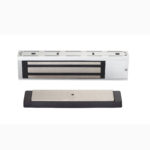

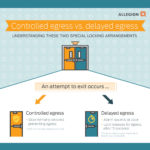
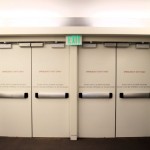
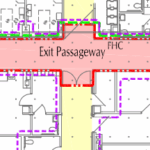


Now what kind of hospital were you in?
Always interesting to see how other countries enforce life safety
Hi Charles –
I was in a nice private hospital and the care was great, but the door requirements here are not up to snuff.
– Lori
First off, we’re all SO glad you’re doing better! Thank you for the updates there.
Second, I’d love to learn more about the code you were discussing which speaks to facilitating egress. You cite that ” The other [code section] requires the doors to unlock for egress via a sensor on the egress side which detects an approaching occupant, an auxiliary push button, activation of the fire alarm/sprinkler system, and loss of power.”
It’s the “and” in that list which interests me. Are all four of those conditions required in all instances (when applicable?) Specifically, on an egress door featuring an auxiliary push button (if equipped with one), would said egress ALSO still require a sensor that detects an approaching person? Is this IBC or NFPA code (or both) and would you happen to have the specific citation?
I have been asked in the past why we don’t see buildings in the USA featuring ONLY manual push-to-exit buttons and NOT featuring REX sensors in the same installation. (To be fair, I *have* seen that, but it’s rare. ATM lobbies and other niche applications are the only places I tend to encounter this in the USA) I used to speculate that it was principally because of market demand, user experience, and the general friction that comes with requiring users to press a wall-mounted button during egress. Now I’m curious if (absent some kind of mechanical latch retraction or the installation of, say, capacitive-touch hardware) US codes even permit electronically-locked doors from being released EXCLUSIVELY by a pushbutton on the wall.
Hi Deviant –
If a lock is released by a sensor, like a motion sensor, it also has to be released by the other three means. This is the only application where the codes require the auxiliary push button next to the door. The reason we don’t see doors with only the push button and no sensor is because a) the US model codes don’t allow it and b) it’s not intuitive for people who are trying to exit. There’s a very compelling example in this post: https://idighardware.com/2019/04/ap-news-it-doesnt-open/.
This video goes through both of the applications for mag-locks: https://idighardware.com/2018/02/code-requirements-for-electromagnetic-locks-video/, and here’s an article about sensor release locks: https://idighardware.com/2024/12/qq-access-controlled-egress-doors/.
The requirements for sensor release locks are in both the NFPA codes and the I-Codes…in the 2024 edition of NFPA 101, look at section 7.2.1.6.2, and in the 2024 IBC it’s section 1010.2.11.
– Lori
Thank you for the amazing and detailed reply! Although this would seem to raise one further question, however… You describe situations in which a lock is released by a sensor (we encounter installations like these every day, at least many of us do) and go on to state that in those instances “the codes require the auxiliary push button next to the door”
But I am struggling to recall the last time, out of the many instances where I’ve been in a building that releases a mag lock via a REX sensor, that I’ve witnessed an auxiliary push button anywhere near the door. Am I mis-reading things? If an auxiliary push button is indeed required anywhere that a REX is controlling the door lock, there would seem to be tons of buildings that I regularly encounter where people aren’t following this guidance.
Most locks that are released by sensors are electromagnetic locks. Without the sensor/push button or switch in the door-mounted hardware, these locks would not allow egress. I sometimes see REX sensors on doors that don’t have mag-locks – these sensors are usually part of the security system and are not releasing the locks. If a door has an electromechanical lock, electrified panic hardware, or an electric strike, it would not typically require a sensor to release it – using the hardware (turning a lever, pushing a panic) will allow the person to exit. In the Olden Days when electric strikes on ATM doors became a thing, I often saw a push button next to the door. This was not required by code, but it was common back then even though someone could just push a paddle or turn a lever to exit.
If a door has hardware that does not allow someone to unlatch the door for egress by using the hardware on the door, that’s where the sensor + auxiliary push button is required (also fire alarm release + power failure release). It’s possible that you could see just the aux button and no sensor on a door that is not part of a means of egress, but most doors are required to comply. The next time you run into an example, send me some photos and I’ll help you analyze the situation. 🙂
– Lori
There is the problem
In the old days you only saw a push button.
Problem then and now is placement.
It says in five feet, that does not always happen.
It says push button,,, but does not specify size. So small buttons are installed.
So two reasons you might miss the button.
The other reason plants, signs, furniture, etc that block the button.
Just some real world experience
I hear what you’re saying, but I have been in a *lot* of buildings with REX sensors, writing reports for my work, etc. And we train loads of integrators who install this gear… everyone both on my team and among our contacts with whom I spoke seems to be in agreement: we see auxiliary push to exit buttons on less than 1% of the installs where we encounter PIR or RCR REX sensors.